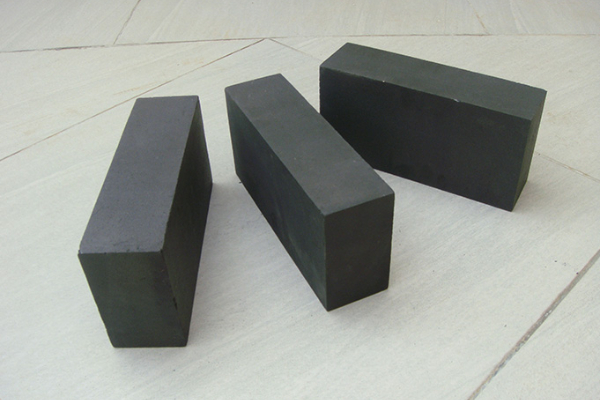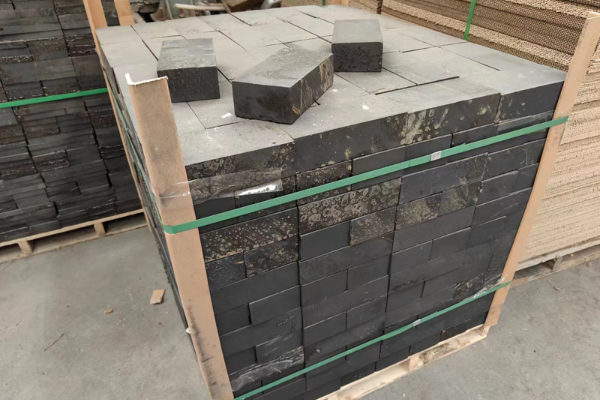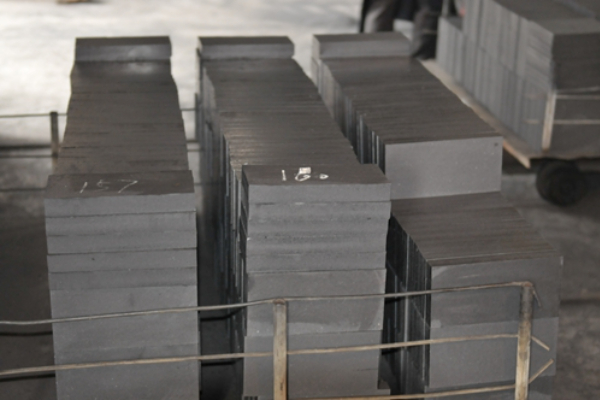Introdução de tijolo de carbono anticorrosão
Anti-corrosion carbon brick use petroleum calcined coke, metallurgical coke, and graphite powder as aggregates, with phenolic resin as the binder. After stirring (liquid phenolic resin is the binder), stamping molding, high-temperature curing, and then impregnation with liquid phenolic resin It is processed by processes such as solidification and solidification and has super acid resistance and corrosion resistance. It is an ideal lining anti-corrosion material for the chemical industry, phosphate fertilizer, electric power energy, metalurgia, mineração, poder nuclear, petróleo, water treatment, etc.

Characteristics of graphite carbon brick
- Excellent corrosion resistance
The product uses calcined petroleum coke as aggregate and coal pitch as binder. The finished product is both acid and alkali-resistant and high-temperature-resistant. - Stable performance and strong durability
The product is roasted at high temperature and its structure is extremely stable. The structure of the product will not change with temperature changes. - Accurate appearance and dimensions
The finished product is molded and then machined, with good quality and precise dimensions. All products can be produced according to user requirements and can fully meet various construction and masonry technology requirements.

Physical and chemical indicators of anti-corrosion carbon bricks
| Item | unit | Anti-corrosion carbon brick |
| Capacity | G/cm3 | 1.65-1.7 |
| Compressive strength | MPa | >45 |
| Resistência à flexão | MPa | >12 |
| Temperatura operacional máxima | ℃ | 150 |
| Anti-penetração | MPa | 0.8 |
What acidic substances can anti-corrosion carbon bricks deal with?

Anti-corrosion carbon bricks can be used in some hydrofluoric acid and hot phosphoric acid environments, e tijolos resistentes a ácidos or telhas cerâmicas resistentes a ácidos can be used in acidic environments such as sulfuric acid, ácido clorídrico, e ácido nítrico.
 Fábrica de Refratários Rongsheng
Fábrica de Refratários Rongsheng
WeChat
Escaneie o código QR com o wechat